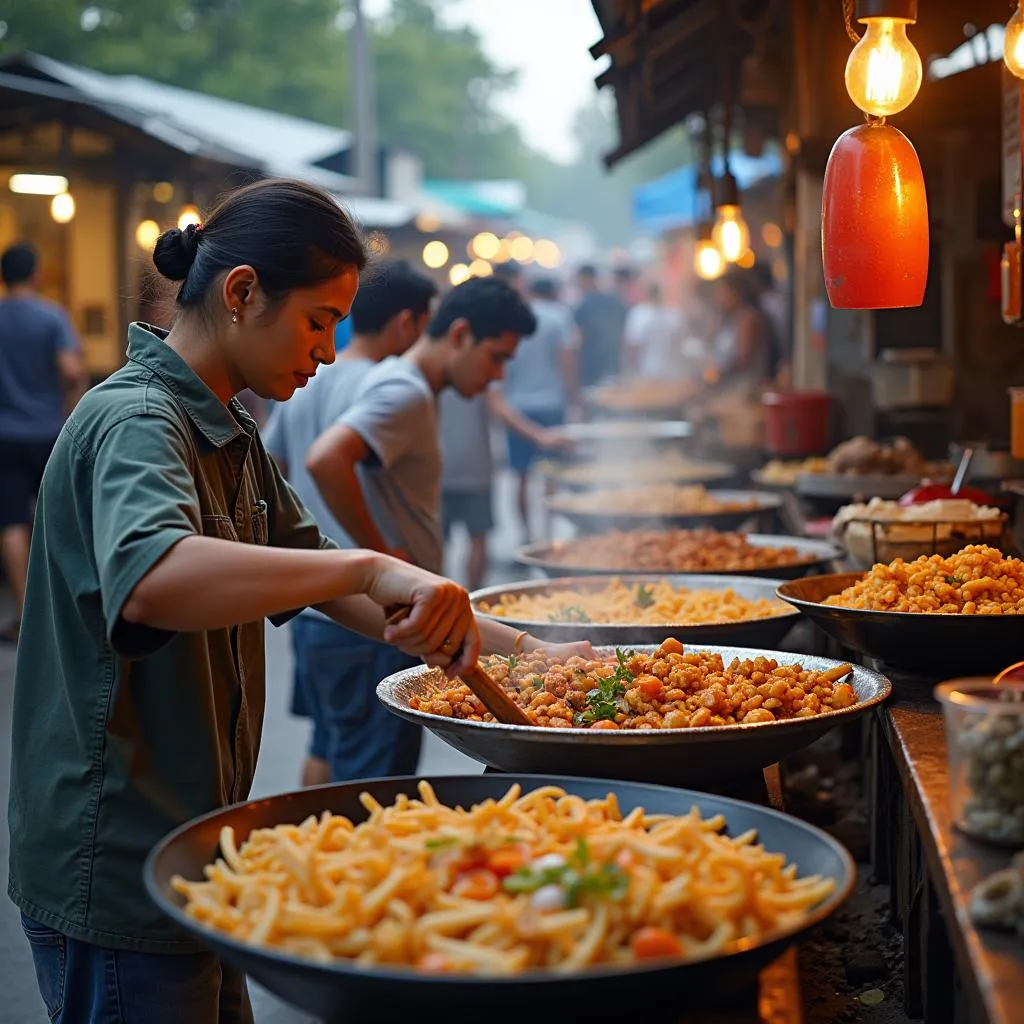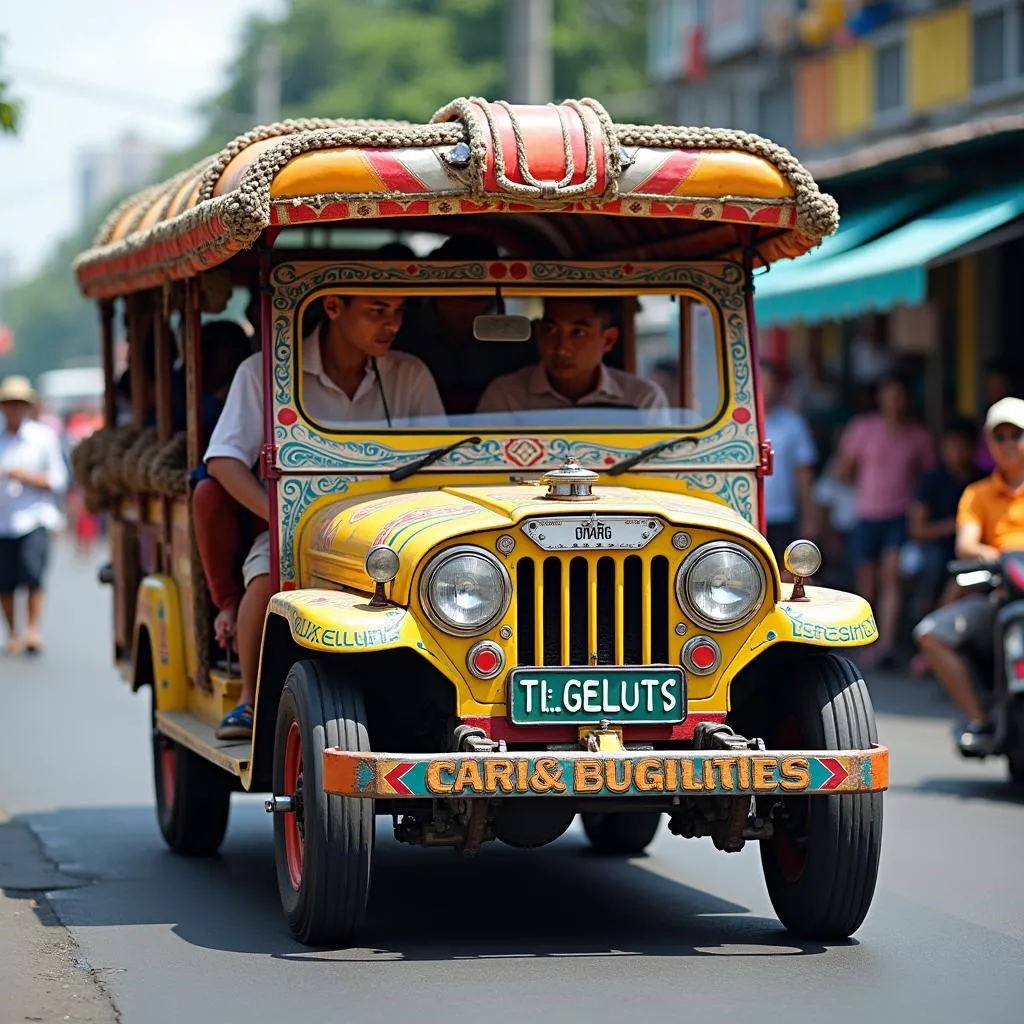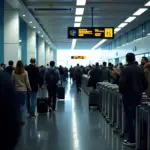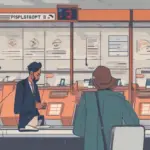“It’s more fun in the Philippines!” – a catchy slogan, but is it true when it comes to safety? Planning a trip to this archipelago of over 7000 islands can be exciting, but concerns about safety are completely valid. Let’s unpack the reality of traveling safely in the Philippines.
Safety in the Philippines: Addressing the Concerns
Like any country, the Philippines has its share of challenges, but generalizing its safety can be misleading. Let’s break it down:
Petty Crime: Be Aware, Be Prepared
Pickpocketing and bag snatching, particularly in crowded areas like markets or public transport, are concerns. However, with some simple precautions, you can minimize risks:
- Stay Aware of Your Surroundings: Just like in any new city, be mindful of your belongings and avoid flashing expensive jewelry or gadgets.
- Secure Your Valuables: Utilize hotel safes for important documents and expensive items.
- Choose Transportation Wisely: Opt for reputable taxi services or ride-hailing apps like Grab, especially at night.
Natural Disasters: Planning is Key
The Philippines is located within the “Ring of Fire,” making it prone to typhoons and earthquakes. However, don’t let this deter you!
- Check for Travel Advisories: Stay updated on weather forecasts and government advisories before and during your trip.
- Travel Insurance is a Must: Ensure you have comprehensive travel insurance that covers medical emergencies, trip cancellations, and natural disasters.
- Pack Smart: Include a basic first-aid kit, a flashlight, and copies of important documents.
 Sunset over a serene Philippine beach
Sunset over a serene Philippine beach
Scams: Knowledge is Your Best Defense
Tourist scams can happen anywhere, and the Philippines is no exception. Here’s how to stay ahead:
- Negotiate Transportation Fares: Agree on a price with taxi drivers before starting your journey, or better yet, use ride-hailing apps.
- Be Wary of Overly Friendly Strangers: While Filipinos are known for their hospitality, be cautious of unsolicited offers or deals that seem too good to be true.
- Research Tours and Activities: Book through reputable agencies or your hotel to avoid scams.
Planning Your Safe Philippine Adventure
Now that we’ve addressed the concerns, let’s focus on how to have a safe and unforgettable trip:
Choosing the Right Destination
- For First-Timers: Cebu, Bohol, and Palawan are known for their stunning beaches, developed tourist infrastructure, and generally safe environments.
- Off-the-Beaten-Path Adventures: While islands like Siargao and Siquijor offer unique experiences, research local customs and be extra vigilant.
 Busy street food market in the Philippines
Busy street food market in the Philippines
Embrace Local Culture and Advice
- Learn Basic Filipino Phrases: “Salamat po” (thank you) and “Magkano?” (How much?) go a long way in showing respect and navigating local interactions.
- Ask Locals for Recommendations: Hotel staff, tour guides, and even friendly locals can provide valuable insights into safe areas, transportation options, and must-try local experiences.
Trust Your Instincts
If a situation feels unsafe or uncomfortable, trust your gut feeling and remove yourself. Don’t be afraid to seek help from locals or authorities if needed.
FAQs About Safety in the Philippines
Is it safe to travel alone in the Philippines?
Solo travel is possible, but extra precautions are recommended. Choose well-lit and populated areas, especially at night. Consider joining group tours or activities to meet fellow travelers.
Is it safe to drink the tap water?
It’s generally advisable to stick to bottled water, which is widely available and inexpensive.
What about transportation safety?
Domestic flights are generally safe and reliable. For land transportation, opt for reputable bus companies or ride-hailing services.
 Colorful Philippine jeepney public transport
Colorful Philippine jeepney public transport
Travelcar.edu.vn: Your Guide to a Safe and Memorable Philippine Journey
Remember, responsible travel planning is crucial for a safe and enjoyable trip. By staying informed, taking necessary precautions, and embracing local advice, you can experience the beauty and warmth of the Philippines without compromising your safety.
For more travel tips and destination guides, visit TRAVELCAR.edu.vn and start planning your Philippine adventure today!

